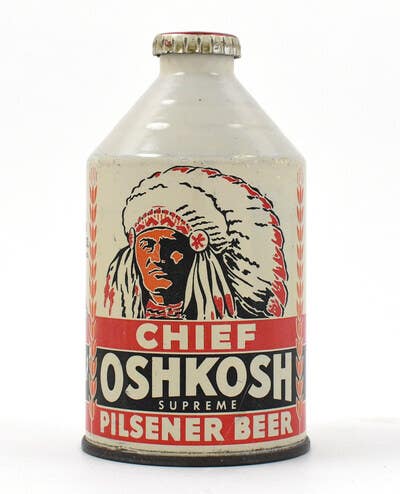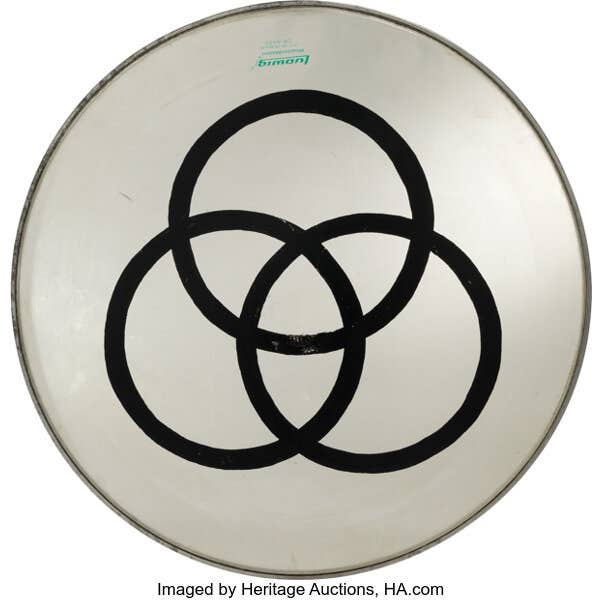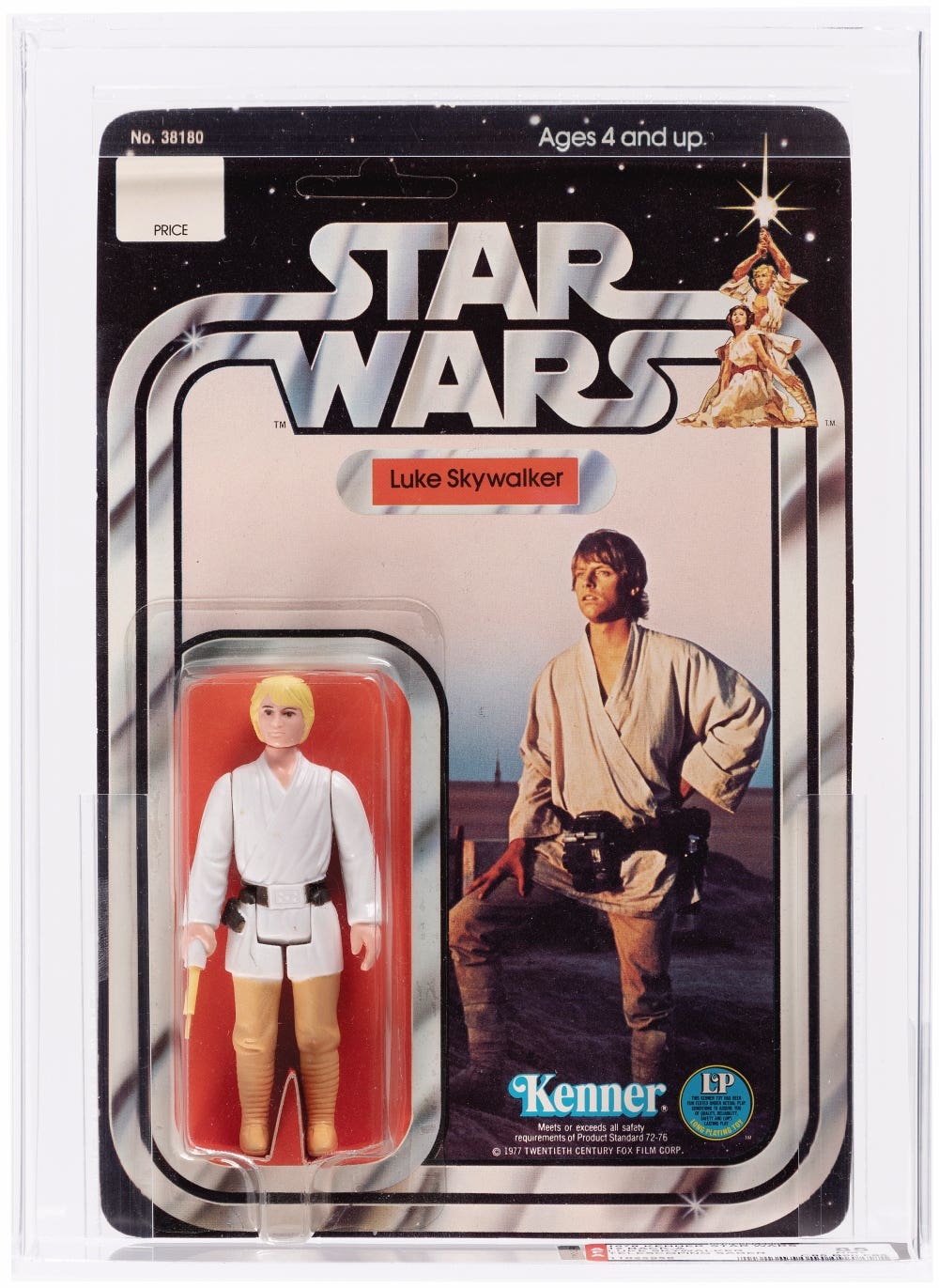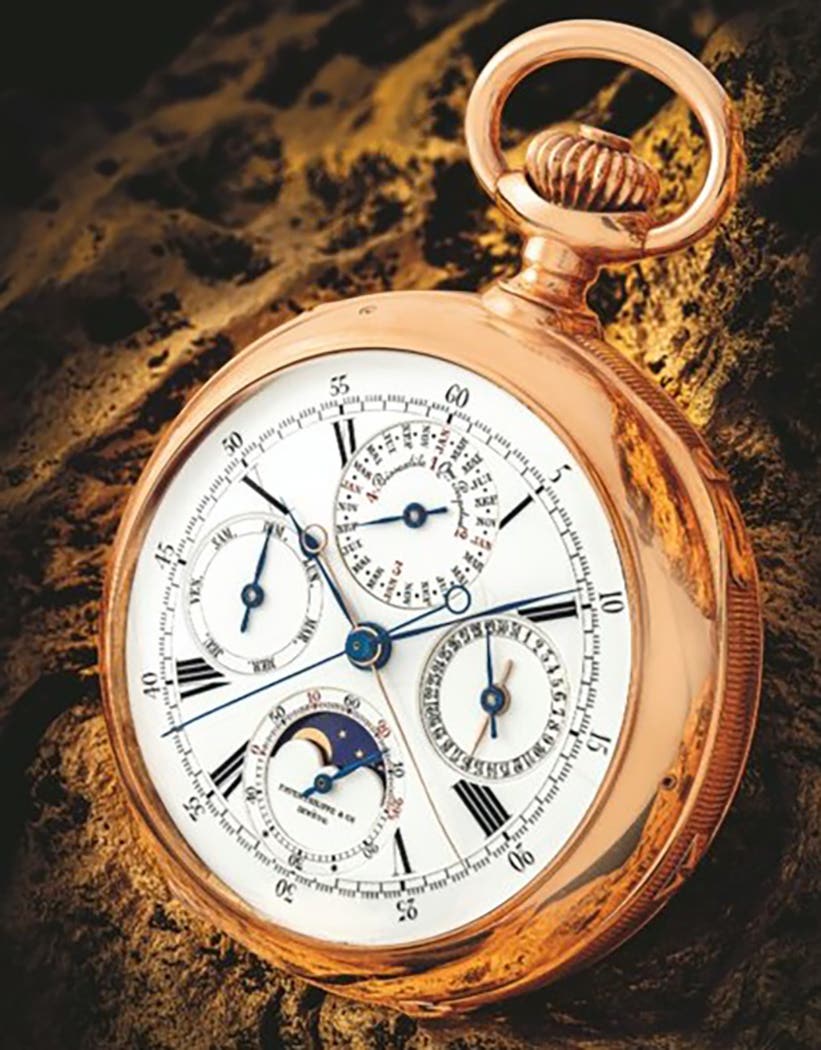Why vintage G.I. Joe prices are rising
When Mark Bellomo, an authority on contemporary collectible toys, met his first G.I. Joe 3 3/4” action figure, it was articulated love at first sight. Still an impassioned collector, Bellomo explains how a perfect storm of reasons are contributing to the skyrocketing prices of vintage 3 3/4” G.I. Joe product.
Mark Bellomo met his first G.I. Joe 3 3/4” action figure when he was 11. It was articulated love at first sight. An afternoon of playtime bliss in 1982 blossomed into decades of devotion. Now the still-smitten Bellomo is an author and one of the foremost authorities in the world on the celebrated toy line.
“I remember that moment quite vividly,” says Bellomo of his initial G.I. Joe encounter in the aisles of a Kay-Bee Toys. “It was remarkable.”
Bellomo goes to great lengths to capture that same level of enthusiasm for the toy line in his impressive book, The Ultimate Guide to G.I. Joe, 1982-1994, 3rd edition (Krause Publications). In an abundantly illustrated and exhaustively researched hardcover salute, Bellomo covers 500 G.I. Joe figures and 200 vehicles and playsets with 1,300 photographs; provides original prototype art and vintage blueprints; and offers secondary market values and rarities for the entire run.
Kirk Bozigian, whose life is forever intertwined with G.I. Joe as young fan and former Vice President of Boys Toys at Hasbro, Inc., can hardly restrain his praise for Bellomo’s work.
“Author Mark Bellomo – Code Name: Sgt. Archive – has spent countless hours collecting and documenting a unique year-by-year salute to Joe,” Bozigian says. “The result is this breathtaking new hardcover edition. It really is the most complete guide to the world’s Real American Hero – G.I. Joe!”
It’s hardly hyperbolic to say the toy world changed dramatically in 1982 when an all-new generation of G.I. Joe toys burst upon the scene. The toy was simply different than what came before. Unlike the original 12-inch G.I. Joe first introduced in 1964 that represented four branches of the U.S. armed forces, the reimagined toy of Bellomo’s youth was transformed into an elite team of anti-terrorism specialists – all at a compact and dynamic 3 3/4”. Because Good Guys exist only when there are Bad Guys, Hasbro pitted its new G.I. Joe against a clever and adept adversary, the villainous Cobra Command. Backyard battles ensued.
There was nothing like it before and there hasn’t been anything like it since. Nobody knows that better than Bellomo, who has written highly respected books on a multitude of toys, including The Ultimate Guide to Vintage Star Wars Action Figures, 1977-1985 and The Ultimate Guide to Vintage Transformers Action Figures.
Bellomo has emerged as The Voice of ‘80s toys. In addition to his books, he plays a key role in the Netflix documentary series, The Toys That Made Us. Created by Brian Volk-Weiss, the series has been called “the perfect form of nostalgia.”
We recently caught up with Bellomo to discuss what’s new with G.I. Joe, his passion for the toy line and, of course, his new book.
Antique Trader: What is it about the G.I. Joe toy line that still captivates collectors and fans alike nearly 40 years after it was introduced?
Mark Bellomo: The intricate detailing, amazing special features, and unparalleled and detailed military aesthetic delivered by Hasbro’s vintage 3 3/4” G.I. Joe toy line was as revolutionary as it was astounding. From the U.S.S. Flagg Aircraft Carrier to the Cobra Terror Drome, from the VAMP Attack Vehicle to the Cobra Night Raven aircraft, there has never been a military-themed toy line built in 1:18 scale so expansive in the history of the world. The time, energy, and research that G.I. Joe toy designers put into delivering the final product which consumers would eventually obtain at retail was breathtaking.
Apart from the toys themselves, Hasbro developed a bevy of paperwork and illustrations to support this toy line and help to suspend the disbelief of kids and collectors everywhere. Specifically, the action figures, vehicles, and weapon systems were solicited at retail in conjunction with dynamic, fully-painted package artwork, with Combat Command File Card biographies that were developed for each action figure, and with “real world” blueprints that were printed on one side of the instruction sheets included with every vehicle, playset, and weapon system.
The vintage 3 3/4” toy line was the total package—the likes of which we’ll never see again at retail.
AT: Do you remember your first encounter with the 3 3/4” G.I. Joe? What was that like?
Bellomo: In the late summer of 1982, I recall walking down the crowded aisle of a Kay-Bee toy store. Stopping at the Star Wars section, I was picking through the latest selection of The Empire Strikes Back characters, and was just about to abscond with a Zuckuss action figure when a selection of figures from a brand new toy line caught my attention. On the end cap of the action figure aisle, there was a mustering of 3 3/4” military action figures. Huh. They were called “G.I. Joe”—and according to the text on their packages, they were a team of specialists. At 1:18 scale, these toys were rendered in the same exact scale as Star Wars. And these G.I. Joe soldiers looked pretty darned alluring to an 11-year old. Their packages were crisp and boldly rendered, and the package artwork was fully painted. Huh. Their articulation was incredible. Way better than Star Wars figures’ poseability. Upon closer inspection, it appeared that the articulation on these soldiers was exactly double what was exhibited by Zuckuss: G.I. Joe action figures possessed a whopping ten points of articulation.
Furthermore, their accessories were astonishing. And numerous. They even came with military-themed dossiers printed right on the back of their packages. Biographies that were known as “Combat Command File Cards.” WOW! I focused back on the Star Wars figure to which I thought I had committed. I held out the package in my hand, and regarded the Zuckuss figure with a sense of disappointment. Okay… Zuckuss came with one accessory: a large, awkward laser rifle. He had five points of articulation. His movements were pretty limited. And compared to these new solider action figures, this Star Wars toy just seemed boring in comparison.
G.I. Joe figures just seemed… better.
That day I bought two G.I. Joe items: a Mortar Soldier code-named “Short-Fuze” and a jeep known as the “VAMP” (Multi-Purpose Attack Vehicle) with its driver, “Clutch.” I went home, unwrapped the toys’ packages, giddily slapped on the figures’ accessories, assembled the Jeep and slapped on its labels, and played with these toys outside for hours… until the streetlights came on. The Mortar Solider—code named Short-Fuze—included an 81mm mortar, the mortar’s stand, a form-fitting helmet, a visor that attached to the helmet (and pivoted up and down), a backpack that appeared to contain the mortar’s shells, and superbly-written File Card. The VAMP Jeep was free-wheeling and came complete with blueprints, two removable gas cans, a mounted gun (with the press of a lever you could simulate automatic firing), and its tough-looking driver/bodyguard, Clutch—who came with his own fitted helmet and a terrific dossier.
All of this cost me under $13.00 (!). With tax! Holy COW.
Later that week, I did a few odd jobs around the neighborhood and managed to score some cash in order to accrue a nice little G.I. Joe collection consisting of counter intelligence agents and commandos, rangers and laser rifle troopers, missile systems and jet packs. The toys were sturdy enough to be played with outdoors, and the Joes’ “snap-on, stay-on” accessories allowed characters to fall from great heights without losing their rifles, backpacks, or helmets. And the poses these figures could strike? All of the wonderful poses you could make a G.I. Joe figure hold were astonishing. Remarkable.
AT: It’s been almost 10 years since your last edition of the book, what’s the biggest change you’ve seen in the hobby during that time?
Bellomo: The biggest change that has occurred since I wrote the 2nd edition of The Ultimate Guide to G.I. Joe: 1982-1994 in 2009 is that now, fandom for the 3 3/4” G.I. Joe franchise has become far more expansive: the brand’s fans now comprise multiple generations. The first two editions of the G.I. Joe book reached casual fans and the first two generations of G.I. Joe aficionados. These two generations of G.I. Joe fans were those collectors who were present when the toy line reigned supreme from the 1980s until the mid-nineties (1st gen. fans), and those newer collectors who came on board when Hasbro resurrected the brand with new figure assortments based on popular old school action figures and new versions of those characters featured in Paramount’s two G.I. Joe motion pictures (ca. 2001-2013).
If you look at the collectors currently lighting the hobby on fire, these fans aren’t affiliated with those initial two generations: they’re younger, they’re tech savvy, and they’ve established their own comfortable collecting groups both locally (via face-to-face meetings and toy swaps) and nationally (through Facebook groups, Pinterest, YouTube, etc., etc.). They also represent an injection of youth into the hobby.
As a first generation collector who witnessed the birth of the 3 3/4” Joe line, I’m over 40 years old, and I’ve chipped away at my collection to the extent that I don’t really NEED to obtain anything from the line anymore. These newer collectors are fresh faces that the brand desperately needed to perpetuate the fandom.
AT: You’ve now written three books on this G.I. Joe toy line. That’s heady stuff. What do you like best about the new book?
Bellomo: Thanks to designer Dave Hauser’s amazing prowess in the area of design, I think he’s added a bigger improvement to the tome than even I could through my writing of the darned thing. I’ve read a ton of toy guides in my time… this might be my personal favorite.
AT: Values for figures, playsets and just about anything related to the G.I. Joe line from 1982-1994 have skyrocketed on the secondary market. What’s up?
Bellomo: We’re standing smack dab in the perfect storm of reasons that have contributed to the skyrocketing prices of vintage 3 3/4” G.I. Joe product. Whether we’re discussing action figures, the figures’ accessories, creatures, mail-aways, promotional pack-ins, playsets, vehicles, or weapon systems, vintage 3 3/4” G.I. Joe product is currently ON FIRE. In some cases, prices have doubled, tripled, quintupled, etc., particularly for factory-sealed samples. If you can find these items and they’re still sealed (as if they’ve just left the toy factory where the pieces were produced)—they are exorbitantly expensive.
Why vintage G.I. Joe prices are rising
1) First generation collectors aren’t selling the products they own. Many 1st-gen collectors are exceedingly devoted to the brand. Because of this, we’ve finished our collections (or completed the aspects of the franchise we love) and aren’t re-selling them on the secondary market. This takes a LOT of quality product out of the market, and raises the prices of the remaining available items.
2) eBay isn’t the sole province to sell items anymore. Currently, you can turn on your cell phone camera, get on Facebook Live at ANY TIME, and start your very own live auction. Time it yourself. Take bid through FB comments. State that the auction ends at a particular time, and simply accept the final bid right before the auction finishes. Use Venmo, Google Pay, or a host of other trustworthy electronic wallets to accept and send payment (VERY easy to sign up), and ship the item out to the winner.
And YOU can do this. RIGHT NOW. On Facebook. With no experience necessary. And you don’t have to give eBay and PayPal 8-15% of your profits. It’s more impulsive, but far more streamlined. Better than that… it WORKS. You’ve got FAR more control today than you did in the early 2000s. This manner of selling is raising prices as well.
3) Around the turn of the millennium, it was challenging to obtain and confirm choice tidbits of information about the 3 3/4” brand. Today, the exchange of information is far more streamlined and accessible: no longer do you have to join a forum and hope you find a response to your query. Instant information and confirmation about completeness and condition of a toy lends itself to a quicker purchase and higher level of consumer confidence.
4) Finding factory-sealed samples of 3 3/4” G.I. Joe toys—regardless of the condition of the packaging—is becoming nearly impossible for many items. In 2002, many devoted Joe collectors hunted down sealed samples of figures and vehicles, striving to obtain a complete collection of their favorite toy line in MISB (Mint In Sealed Box—for vehicles and weapon systems) and MOC (Mint On Card—for action figures and select accessories/accoutrements) conditions. And perhaps if you were truly devoted to the line, and worked a second job, you could acquire a factory-sealed 3 3/4” G.I. Joe line in fifteen years: from 2000-2015.
However, these factory-sealed samples of figures and vehicles are slowly growing more and more difficult to obtain: the best-condition, high-end pieces reside in the hands of über-collectors, yet when they are available for sale (which is rarely), the bidding is often so frenzied that if you’re not bringing thousands of dollars to the table, you’re edged out of the conversation entirely.
Factory-sealed vehicles and carded action figures are becoming quite rare, and possess values so exorbitant that they are simply out of most collectors’ price ranges. Which is compounded by the next fact…
5) Vintage 3 3/4” G.I. Joe toys were manufactured AT LEAST 24 years ago; at most, 36 years ago. On average, these prized collectibles are three decades old. That’s a loooooong time for things to break down, even if these prized collectibles are stored within a climate-controlled space.
Since sealed and boxed samples of 3 3/4” G.I. Joe products are exponentially more expensive than they were relative to a few years ago, most collectors choose to acquire mint, loose, and complete (MLC) samples of 3 3/4” G.I. Joe toys. Furthermore, many Joe collectors adore displaying their toys due to their beautiful aesthetics. Samples that are—again—three decades old. So acquiring perfect-looking specimens of these toys is quite a challenge.
Unfortunately, loose samples of vintage 3 3/4” G.I. Joe figures are prone to cracked elbow joints, broken feet due to repeated mountings of the figure onto collector stands, bent or broken thumbs, snapped “T” pieces on the figure’s crotch (many become brittle over time), wearing/rubbing off of paint applications (especially logos), discoloration of plastic—since many (most?) white-attired characters are the victim of yellowing even if the character’s shirt is molded in light blue (!), terrifically loose joints, and a repeated problem… snapped “O-rings”—those circular black rings which connect a figure’s legs to its torso.
Many loose vehicles from the line are even more challenging to acquire. Fifteen or twenty years ago, you could purchase MISB samples (or boxed items with all of their inner baggies still sealed), open the box, take out the requisite baggies of parts, unfold the instructions, and then spend a while assembling the vehicle and affixing the toy’s labels. The prices of these sealed samples as so prohibitively expensive that new collectors are currently forced to treat G.I. Joe vehicles (as well as G.I. Joe playsets and weapon systems) as if they were model kits that must be built up over time. Back in the day, purchasing a G.I. Joe Skystriker Combat Jet, Killer W.H.A.L.E. Hovercraft, or Headquarters Command Center was a fairly direct proposition: get a bit of money together and find a MLC (mint, loose, and complete) sample on eBay, pay, and then have it shipped it to your home.
Today, a collector could spend hundreds of dollars—a pretty substantial investment—to obtain a purely mint, loose, and complete (MLC) Skystriker Combat Jet with every facet of the jet in impeccable, perfect working condition: with A) an undamaged white hull, B) a working lever that swings its wings back and forth effortlessly while its landing gear moves in and out smoothly, C) a perfectly clear canopy without any scratches, D) both of its delicate, seat-mounted plastic parachutes are intact—without any wear whatsoever (and with unknotted attached strings), and E) with its dozens of affixed labels expertly applied and utterly clean and free of residue and fading. These many features are the reason why MLC samples of G.I. Joe vehicles are so difficult to acquire and expensive to buy on the secondary market.
This almost forces modern Joe collectors to purchase a stripped down version of a Skystriker, clean off the vehicle’s shell/hull (sometimes using a hydrogen peroxide solution to remove the toy’s yellowed parts), purchase a reproduction Skystriker label sheet to replace the jet’s worn stickers, use a chemical solution to remove any minor scratches and imperfections, and then slowly, over time (sometimes weeks or even months), acquire the vehicle’s remaining parts and pieces (its six missiles, two parachutes, removable afterburners, seats, etc.) piecemeal: both online and at local and regional toy shows. Eventually, the vehicle becomes complete over time. This is how many modern collectors are forced to acquire 3 3/4” G.I. Joe vehicles.
AT: You make it a point to own and have in your possession every G.I. Joe figure,playset, blueprint, illustration and, basically, everything shown in your book. Why is this so important to you?
Bellomo: Every toy pictured in every photo in every one of my books is from my own personal collection. It’s a rule of mine that I’ll NEVER break. The reason for this is simple: How can someone write a book about a series of artifacts, in an educated manner, if they haven’t physically manipulated each artifact? By manipulating and playing with these toys, you learn more about them than simply gazing at them longingly. It’s my personal philosophy, one that not everybody will follow, and… I’m okay with that.
Paul Kennedy is Editorial Director of the Collectibles Group at AIM Media. He enjoys Mid-century design, photography, vintage movie posters and people with a good story to share. Kennedy has more than twenty-five years of experience in the antiques and collectibles field, including book publishing. Reach him at PKennedy@aimmedia.com.








